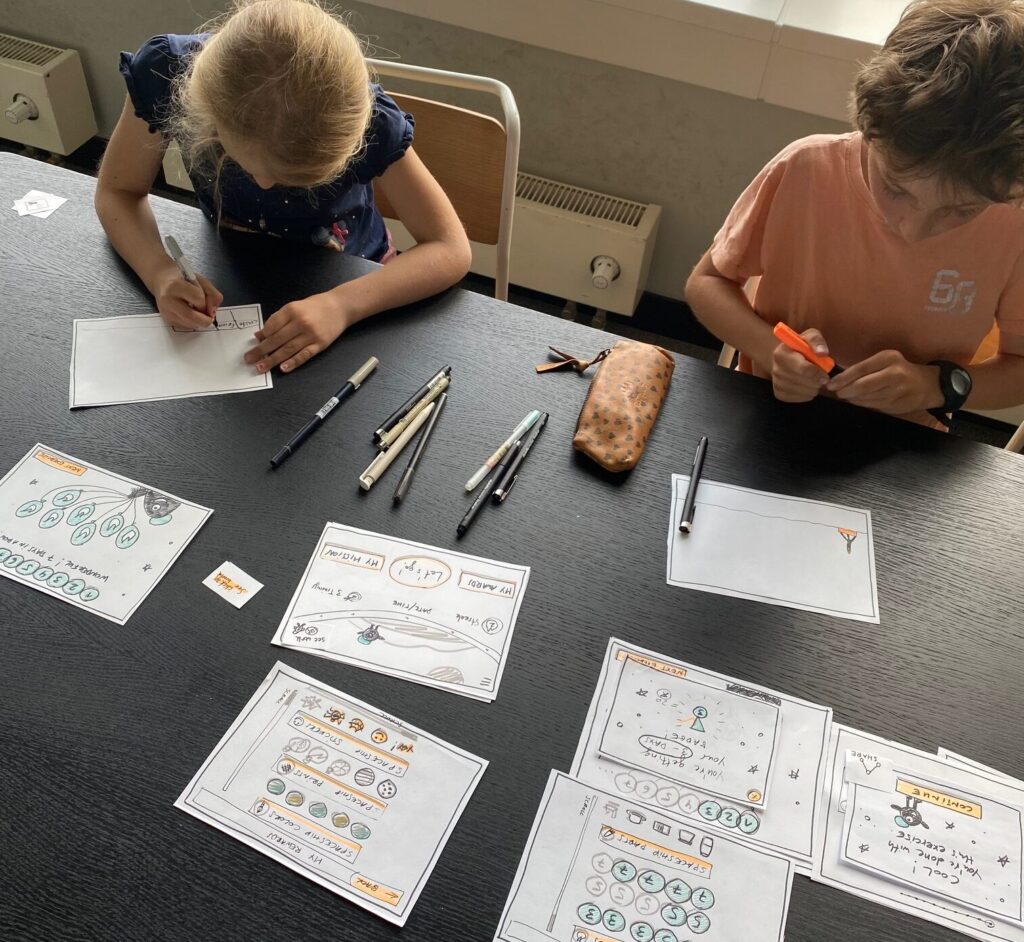In the quest to enhance educational strategies for young readers, especially those with dyslexia, gamification has emerged as a potentially transformative tool. By incorporating game design elements into learning activities, educators aim to boost engagement and motivation, making the reading process not only effective but also enjoyable.
However, the integration of gamification in educational contexts, particularly in reading, is met with both enthusiasm and skepticism. This blog post explores the effectiveness of gamification in teaching reading skills, presenting both supporting arguments and criticisms, and providing real-world examples from current educational apps.

Understanding Gamification in Reading Education
The psychology behind gamification: balancing intrinsic and extrinsic motivation in reading
Building intrinsic motivation—that is, motivating children to read for the joy of reading itself—is crucial for fostering a lifelong love of reading and learning. Intrinsic motivation is associated with deeper engagement, better comprehension, and more sustained reading habits. Children who read because they find it enjoyable are more likely to explore a wider range of materials and develop critical thinking skills that transcend academic environments.
However, developing intrinsic motivation can be challenging, especially in early learners and those struggling with reading difficulties like dyslexia. These children might not initially find reading pleasurable due to the challenges they face, such as difficulty decoding words or slow reading speed, which can quickly lead to frustration and disinterest.
This is where extrinsic motivation comes into play and why it’s often easier to implement. Extrinsic motivators, such as earning points, receiving badges, or achieving levels in a gamified learning environment, provide immediate, tangible goals that children can understand and work towards. These rewards can make the learning process more enjoyable in the short term and can be particularly effective in encouraging reluctant or struggling readers to persist with their reading practice.
Nonetheless, while extrinsic rewards can be effective in initiating engagement and participation, they should be carefully managed to ensure they do not become the primary reason children engage with reading tasks. Ideally, extrinsic rewards should be used as a bridge to developing intrinsic motivation, gradually allowing the child to discover the joys and rewards of reading that are not contingent on external validation. This transition is critical for developing enduring reading skills and a lifelong engagement with literature and learning.
The GoLexic Approach to Gamification and Learning

Understanding the delicate balance between intrinsic and extrinsic motivation, the GoLexic App is designed to minimize distractions during learning sessions while still leveraging the benefits of gamification. We use only a few gamification elements and animations within the exercises themselves, ensuring that these features do not overshadow the educational content or disrupt the learning process. This approach helps maintain the focus on reading skills development rather than mere game play.
Instead of integrating gamification directly within the exercises, GoLexic takes children on a narrative journey that unfolds as they complete their lessons. After finishing their reading tasks, children are rewarded with the opportunity to build parts of a spaceship and embark on virtual journeys to new planets with each level they complete.
This narrative framework not only serves as a motivational tool but also enriches the learning experience by giving children a sense of progression and achievement that goes beyond conventional rewards. By linking the gamification aspect to the completion of educational goals, we aim to cultivate a deeper, more intrinsic appreciation for reading while providing a fun and engaging context that celebrates their accomplishments.
How we did it:
We always involve children in the design of the GoLexic App.
Here, our UX researcher/designer Julia prepared several options using paper-prototypes, to test how children react to various gamification scenarios. Ultimately, the children put the papers-cuts together to show us what they wanted or expected to see.
The children knew exactly where they wanted to see certain buttons, what should happen when they move from one screen to the next, and what they wanted to do with the points they earn. They helped us understand the features and mechanisms that were motivating or captivating to them.

How Gamification supports Learning to Read
Let’s take a look at how gamification supports learning in practice.
1. Increased Engagement and Motivation
2. Immediate Feedback and Rewards
3. Customizable Learning Experiences
4. Encouraging Consistent Practice
Why we use it with caution in the GoLexic App
1. Overemphasis on External Rewards
2. Potential Distraction from Learning
3. Insufficient Research on Long-Term Effects
Conclusion
The use of gamification in reading education presents a promising, albeit debated, approach to enhance literacy skills. For children with dyslexia, gamified apps can provide engaging, supportive, and tailored learning experiences that traditional methods might lack.
However, it is crucial for educators and developers to design gamified elements that enhance, rather than detract from, the learning experience and to balance motivational strategies between external rewards and fostering intrinsic value in reading.
Ultimately, whether gamification is effective in learning to read depends largely on how it is implemented. Careful consideration of game design, educational alignment, and the individual needs of learners is essential to ensure that gamification fulfills its potential as a valuable educational tool.

